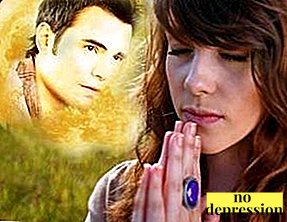Everyone has a personal understanding of the norms of good and evil, own view of the world and the place of man in it, ideals, principles, and so on.
In sum, all this information forms a category called “worldview” and serves as a beacon for a person in the spiritual and material world.
Periods of formation
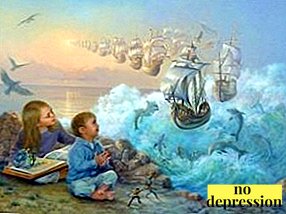
In what period of human life is the formation of his worldview?
Worldview formation is dynamic process.
Throughout a person’s life, a person’s views change depending on the experience and knowledge acquired, external influence and internal searches.
However worldview not formed spontaneously and is tied to age levels related to education, integration into society as they grow up, a growing level of autonomy and the ability to analyze the world on the basis of their own experience and its further analysis.
Preschool age
The starting point can be considered the preschool age. During this period, the baby forms strong mental basic constructions, the primary character traits are added.
First happens the formation of simple and narrow conceptsaimed mainly at ways of being in the world. Small learns to allocate categories and subcategories, as if tearing off piece by piece from a holistic reality.
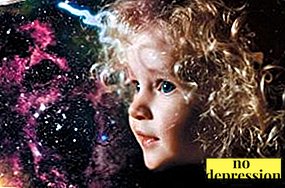
He begins to think and draw conclusions, find and analyze options behavioral strategies (ours and others).
Through communication with parents, relatives, caregivers, and children of the same age learns the social environment and a variety of social roles.
Younger school age
During this period, the student forms the idea of the world mostly due to teachers and school curriculum.
But now the child can independently satisfy the desire for knowledge with the help of the Internet, books or informal communication with adults.
School items they acquaint children with the phenomena of nature and social life, laying the foundation for the further formation of principles and ideals, values and a holistic picture of the world.
Teenage years
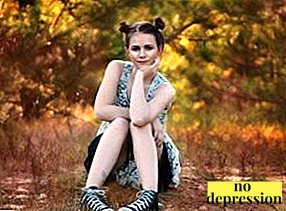
It is during adolescence that one can speak of a worldview. how about a full-fledged element of personality.
A person, reaching this period, already has a certain base of knowledge, experience, ability to abstract thinking and analysis.
And precisely in adolescence boys and girls wondering about life and their role in it, about the reasons for this or that behavior of others.
Adolescents already have personal moral guidelines and do not act on the orders of adults, but on the basis of their own ideas about "bad" and "good." There is an active search for yourself.
Period of youth
At this stage, the worldview is based on the scientific basis and systematic knowledge / beliefs about the world. Man actively chooses his life pathguided by personal landmarks.
He can already realize himself and his life as something logical, integral process having direction, perspective and meaning.
It was in his teens that for the first time a person consciously chooses a life path that requires a boy or girl to formation of social orientation (setting the bar of your social position and methods of achieving this bar).
Stages of formation
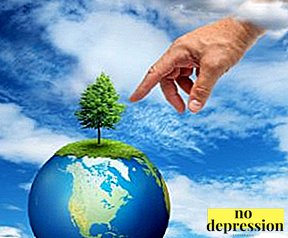
Science identifies three stages in the formation of a worldview.:
- attitude;
- worldview;
- world view.
Worldview acts as an emotional and psychological basis for the worldview.
Expressed in relation to the individual to nature and the world, expressed in the form of feelings and actions. The image of the world, which is formed at the stage of world perception, is called “patchwork”.
Worldview - this is a holistic vision of a picture of the world and a relation to this “image”. The outside world passes the filter consisting of the inner world.
World view based on intelligence and desire to learn. The picture of the world is based on scientific knowledge and a rational explanation of reality and phenomena occurring in this reality.
Sources
Worldview is formed on the basis of internal and external processes that allow a person to create their own belief system. Information comes from various sources to be analyzed and assimilated.
- Cognitive source. A person learns the world through his own experiments and experiences (everyday knowledge), as well as through scientific training (at school, institute, courses, etc.). Ordinary knowledge bears fruit in the form of unsystematic information, which allows you to navigate the world. For example, when a person stays in the sun for a long time and gets hit, he can put the sun at the head of the problem and make a conclusion about the insecurity of being on the beach without an umbrella. This is how ordinary knowledge works. But scientific knowledge can already explain the causes of heat stroke, its types and consequences.
- Regulatory / value source. A normative source is formed on the basis of values, as well as a “code of conduct in society,” which tacitly regulates people's relations.
Meaningful beliefs allow a person to believe in the truth and rightness of their actions.
- Practical source. Knowledge that is not involved in practice is not always a fertile material for the formation of a worldview.
 But if a person uses them to check random information or stable axioms, an internal “evaluator” is connected, who can draw new conclusions based on practical knowledge.
But if a person uses them to check random information or stable axioms, an internal “evaluator” is connected, who can draw new conclusions based on practical knowledge. - Emotional source. A person is to some extent dependent on his emotions, so some ideals, values and beliefs are formed at the level of feelings and intuition.

Ways
If we consider the formation of worldview as a learning processThe following methods (methods) can be distinguished:
- verbal methods (this includes conversations, dialogues, discussions, debates, explanations, stories, lectures, and other forms of interaction between people, during which the listener is becoming a worldview);
- visual methods (a person becomes an observer in relation to static or dynamic images, films, drawings and entire processes, scientific experiments, experiments, performances, etc.);
- practical methods (mental or practical exercises, independent study of processes and situations, etc.).

Worldview is also formed influenced by reputable people (educators, parents, older brothers and sisters, etc.) who use the methods of conversation, persuasion, schooling, assignments, etc.
They also use incentives through encouragement and punishment.
In the aggregate, all these methods of forming a world view allow the “educator” to fix in a person’s mind the specified norms of behavior.
Paths - passive and active
When a person elects passive way of forming worldview, he focuses on external conditions. In this embodiment, a person tries to meet generally accepted standards, to adjust his views, principles, ideals and guidelines to the norms of the society in which he lives.
Individual traits are erased, giving way to the "herd". Personal remain only the emotions that occur during the observation of certain events.
But even emotions are often “like all”, because they are mixed with other factors of evaluation.

The active way of forming a worldview - this is a constant search.
A person consciously asks himself questions and seeks answers to them.
It is important to quickly find signs of alien influence and attempts to subordinate, adjust to a single "norm", so as not to become raw material in the hands of manipulators.
The person who has chosen the active path must also know the means and methods of using them necessary for the formation of a worldview.
And it is especially important to be aware of what the worldview should be.
Factors Influencing Worldview Formation
For, for the worldview to be formed:
- experience;
- metaphors;
- information.

Information and metaphors we fully receive from external sources (educational institutions, media, communication with people, our own search for knowledge).
But experience we live inside as a sensory state.
We experience and accept / deny the veracity of certain knowledge.
Worldview - this is the first step of confidence. After all, it is precisely because of a developed worldview that a person can say that he is doing the right thing or not, because certain benchmarks and patterns of behavior have already been formed in his head.
The worldview of a person and his structure, the worldview of a personality - the formation of a worldview:

 But if a person uses them to check random information or stable axioms, an internal “evaluator” is connected, who can draw new conclusions based on practical knowledge.
But if a person uses them to check random information or stable axioms, an internal “evaluator” is connected, who can draw new conclusions based on practical knowledge.